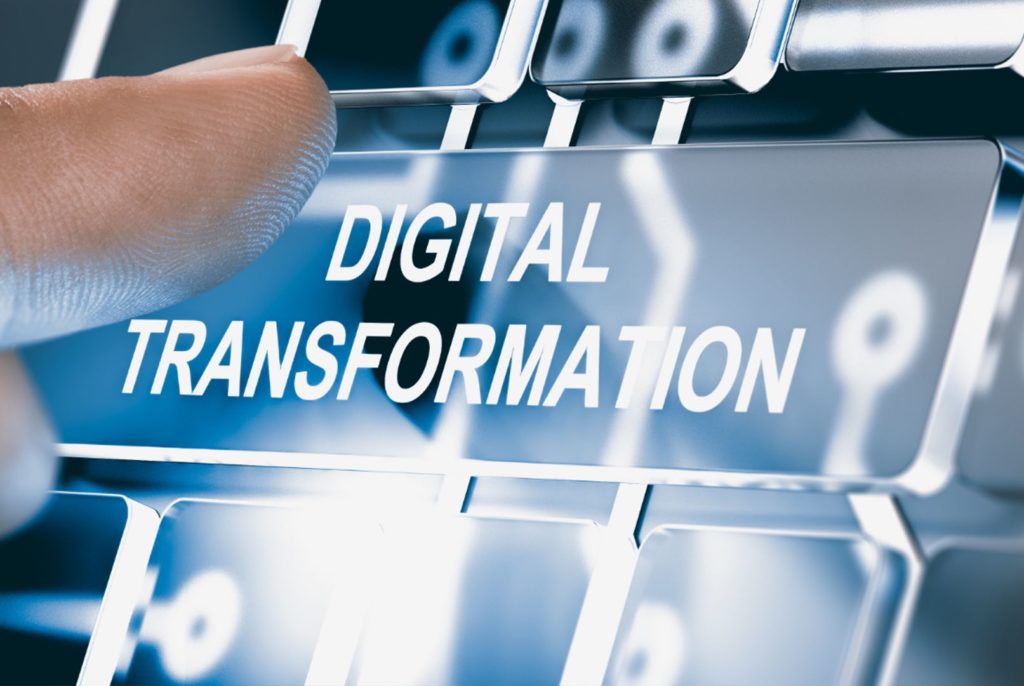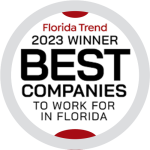Who remembers their first movie? Star Wars, Casablanca, or maybe even Top Gun? If we all took a moment to reflect, we probably could still smell the popcorn. To understand this journey through the lens of digital transformation, I want you to picture that moment. Picture the movie chair, theater, and the big screen larger than life for the first time. Now grab your popcorn and step through this journey with me.
Phase 1: Digitize
In 1975, Spielberg released a little movie that took place on an island in the North East. It was about a man, a fisherman, a family, lots of vacationers, and oh yeah, a killer shark named Jaws. When you think about it, jumping into this Digital Transformation journey with the first step is like jumping into a dark ocean when you can’t see the bottom. It’s scary!
The first phase is all about merely digitizing your documents. Create an electronic filing cabinet by converting your documents from paper to digital! The core belief at MCCi is to stop paper before creation. Phase 1 starts that journey. Mechanically, Jaws was one of the hardest movies Spielberg ever made. Nothing worked right. The shark was always malfunctioning, and there was no CGI back then, and yet, the entire concept was still ahead of its time. You probably felt just like this the first time you genuinely start to get rid of paper.
But you can’t stop there; Phase 1 is nothing by itself.
Phase 2: Organize
A fan favorite movie is Goonies, one of the ultimate “coming of age” films, which is really what Phase 2 is all about. We already started this journey by storing records electronically, but now we must do something with them. Goonies takes us through the adventure of friends that work together to save their homes from foreclosure by following a treasure map. Similarly, records must be easy to find and organized, or we’ve defeated the whole purpose of having this conversation.
Phase 2 allows you to apply an organizational structure to your digitized records. We want to have metadata, template fields, and security utilized on our records. Can you begin to see “One-Eyed-Willie’s Treasure”? We are almost there. Steven Spielberg did not direct Goonies, but he was the Executive Producer and had the original story credit.
Phase 3: Automate
We must say that we love Phase 3. It is the epitome of action and adventure and what is more synonymous than adventure than Indiana Jones. Phase 3 is all about taking that next step and elevating your process automation. We can now truly stop creating paper because we are focused on eliminating that point at the beginning. The records start in a digital format and travel through their journey within your organization.
Each file takes on an adventure, dodging giant boulders, jumping deep caverns, and obtaining approval. You are improving accountability within the organization utilizing Electronic Forms and Workflow Processes. Phase 3 helps conclude your records adventure by applying retention schedules and beginning to automate your records management process. Digital transformation saves the day in the end and leaves you feeling accomplished and ready for the next adventure.
Phase 4: Streamline
Ladies and Gentlemen, welcome to Jurassic Park! In 1993, Spielberg magically took us to a world long ago and brought dinosaurs to life. With the innovation of CGI, everything came together for Spielberg to make this historic world a reality for us to enjoy. When you truly begin to streamline your process, everything seems to flow just the way you dreamed.
Records are now maintaining their retention schedules and procedures. But they are also beginning to share information with other systems to eliminate duplicate data entry. By eliminating paper and harnessing digital content, you’re able to produce real transparency across operations. Now users can track their records, generate reports, and gather data.
Phase 5: Transform
It’s time to bring this full circle and go home. Phase 5 is much like a sweet story involving a boy, friendship, love, and an alien just trying to phone home. E.T. is one of my favorite Spielberg movies of all time, and we still tear up when watching it. It’s the transformation of where you are right now and looking to the future – the next location. Drive innovation by leveraging predictive analytics and insight to transform processes. If you think about it, the entire movie is like the digital transformation journey. How do we get from point A to point B with all the obstacles in between?
We’ve learned a lot along the way and can now use the systems and processes to take us to the next level or ultimately home.






